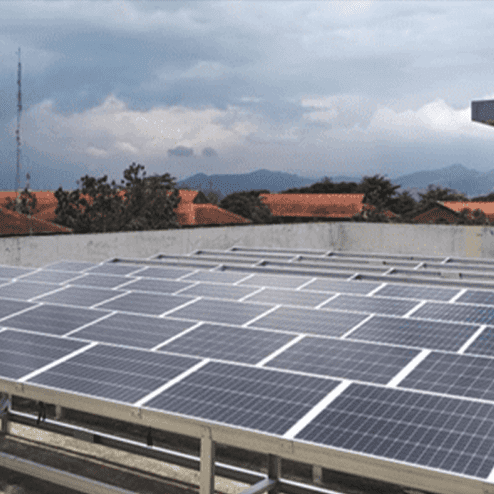The world is rapidly turning to renewable energy sources to battle climate change and secure a sustainable future. Among them, solar energy, captured through solar panels, has emerged as a potent and promising alternative.
What are Solar Panels?
Photovoltaic (PV) panels, another name for solar panels, are gadgets that use sunlight to generate electricity. They are made of photovoltaic cells, which, when exposed to sunlight, produce direct current (DC) electricity. After then, the DC electricity is transformed into alternating current (AC) electricity, which may power entire communities as well as houses and businesses.
How Solar Panels Work
The process of solar energy conversion involves several steps:
- Sunlight Absorption: Solar panels absorb sunlight through their photovoltaic cells.
- Photon Absorption: Photons, the particles of light, strike the cells and excite electrons within the semiconductor material.
- Electron Flow: The excited electrons flow through the cell, creating an electric current.
- DC to AC Conversion: The generated DC electricity is converted into AC electricity using an inverter.
- Innovative Technology for Renewable Energy: Incinerator as an Eco-Friendly Solution at Telkom University
- Maintaining Academic and Environmental Balance at Green Lounge: A Real Contribution to a Clean Campus
- Compost Fertilizer Production Room at Telkom University : Turning Waste into Real Benefits
- Maggots as Efficient Organic Waste Managers at Telkom University
- The Role of Telkom University’s Green House in Supporting Campus Greening and Environmental Sustainability
- Renewable Energy and Green Campus: Synergy for the Future
Conclusion
One effective weapon in the fight against climate change is solar energy, which is generated by solar panels. We can save money, lessen our carbon footprint, and help create a more sustainable future by adopting this clean and renewable energy source. Solar energy is set to become even more important in supplying the world’s energy demands as technology develops.


Leave a Reply